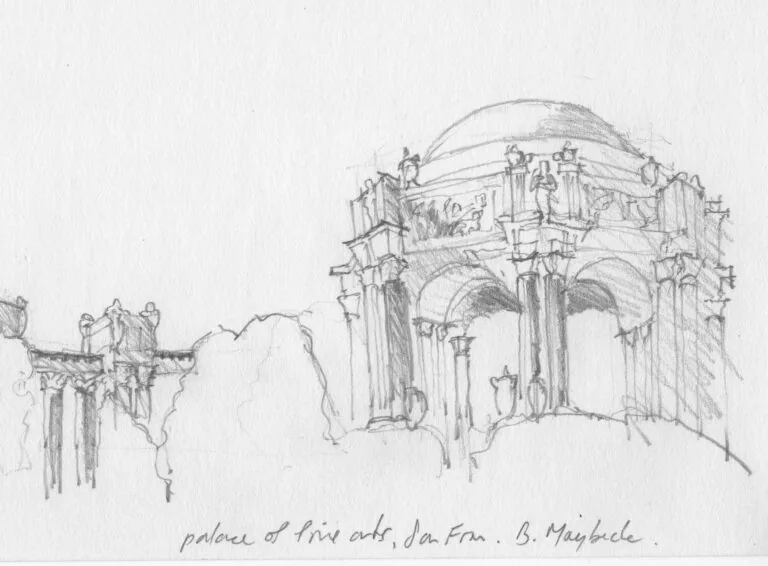Prior to construction, there are three main influences on home design: the owner(the customer and their budget), the site, and the designer. Change one and the results can be quite different. I am of a practical nature and I like projects to move along the design path without too many detours. We generally start with several concepts to explore order and character. We then narrow down the choices and further develop a scheme or two. Sometimes we need to put things on hold while a customer mulls things over, or while we search for new inspiration. Step by step we gain momentum toward a particular configuration and materiality. The design process can be a rich experience in itself. Through the design phase we build the project conceptually. Sometimes minds and circumstance change, and the adage measure twice, cut once applies. During construction the project is built again, now with real materials, space and budget at full scale. Here the builder, if not already, becomes a crucial party to the project.
The architectural process is often broken down into five phases: Schematic Design, DesignDevelopment, Construction Documentation, Bidding & Contract, and Construction. I will explore some of these phases in future blogs, but a crucial aspect of these phases is that each builds upon the previous. This is another manifestation of order and structure in architecture. It’s a process that unfolds in time according to the explorations and decisions made at each phase. An orderly progression of the work with minimal back-tracking is ideal, though design and life gets messy at times. Major design changes that come late in the process require much attention to coordinate and implement. The bottom line in residential architecture is the satisfaction of the customer, and part of my job is to manage expectations. We can probably transform a sow’s ear into a silk purse, but it might take a sack full of gold to do it. Working with existing conditions and available resources, is central to the creative challenge of practice.
